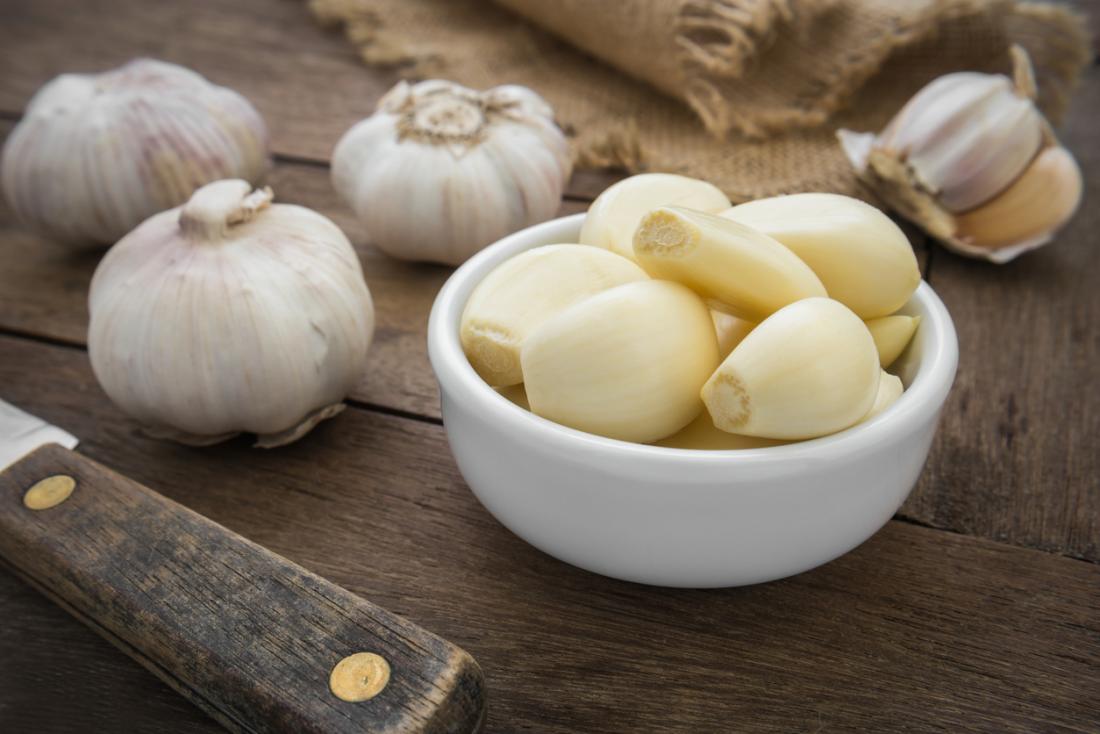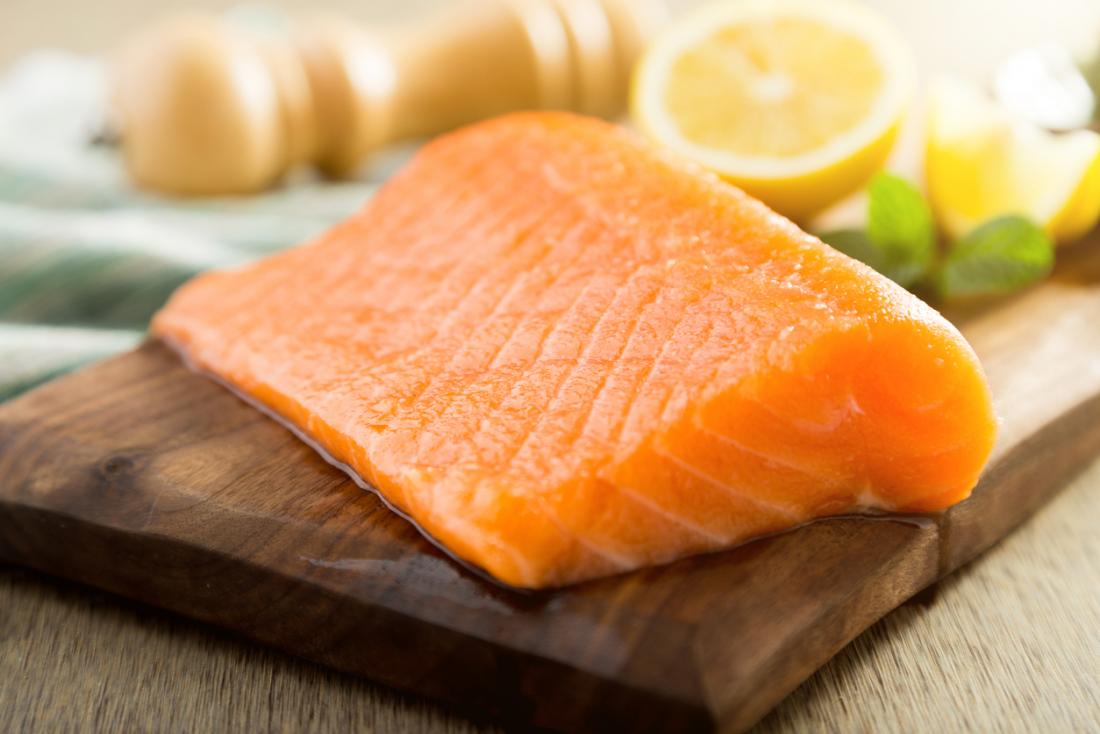Your Cart is Empty
Poor blood circulation is a common issue that may give rise to potential health conditions. It could also result in unpleasant symptoms in the form of pain, swelling, numbness, cramps, and coldness. Given that your legs are your body’s extremities, they are more susceptible to experiencing these adverse effects. As a result, you may be on the hunt for foods that improve blood circulation in the legs to mitigate its effects. On the other hand, those leading an active life may also seek foods that improve blood circulation in the legs to improve athletic performance and recovery.
Fortunately, your search for foods that improve blood circulation in the legs ends right here. Here are 10 foods that improve blood circulation in the legs:

Cayenne Pepper derives its piquant flavor from capsaicin, a phytochemical present in chili peppers. Capsaicin lowers blood pressure, which stimulates the release of vasodilators and nitric oxides that expand your blood vessels (1). As a result, blood can freely flow through your vessels all the way to your feet! It can also help alleviate any discomfort caused by restricted blood flow to your legs, as studies point towards the role of hot peppers in pain-relieving creams (2).
As a warming spice, cinnamon presents a host of health benefits, with increased blood flow being one of them. Preliminary animal studies indicate that cinnamon can improve blood vessel dilation and boost the flow of blood in the coronary artery (3). Since the coronary artery is the main supply of blood to the heart muscles, it improves cardiovascular function. Cinnamon can also help regulate systolic blood pressure and maintain it to healthy levels.
Traditional Chinese medicine and Ayurveda have hailed turmeric as a superfood for opening up blood vessels and improving blood circulation. Hence, it would only make sense to acknowledge it in this list of foods that improve blood circulation in the legs. Curcumin, an active compound present in turmeric, accelerates nitric oxide production, decreases inflammation, and reduces oxidative stress.
In fact, a study discovered that curcumin supplementation to the effect of 2000mg per day for 12 weeks could enhance blood flow by 37% in the forearm and 36% in the upper arm (4). So by extension, it may also have the same effect on your legs!

When it comes to improved blood circulation and heart health, garlic occupies a highly venerated position. Studies suggest that the sulfur compounds present in garlic lower blood pressure, relax blood vessels, and boost blood flow to the deep tissues - even in patients suffering from chronic hypertension (5). Hence, it should come as no surprise that diets rich in garlic register better flow-mediated vasodilation, which measures arterial dilation.
A randomized control trial successfully demonstrated how subjects saw a 50% blood circulation improvement in their upper arm artery after consuming garlic powder tablets (6).

Fatty fishes, such as salmon and mackerel, are a rich source of Omega-3 fatty acids. These omega-3 fatty acids improve circulation throughout the body by releasing nitric oxide, which is a potent vasodilator. Additionally, it prevents clotting, which could potentially inhibit the flow of blood.
A clinical trial conducted on 10 healthy men illustrated how fish oil supplementation resulted in a significant improvement in blood flow to the legs (7). As such, oily fishes should feature highly on your list of foods that improve blood circulation in the legs.
Citrus fruits like lemon, oranges, and grapefruit are loaded with antioxidants. The presence of polyphenols - plant-based bioactive compounds - like flavonoids, carotenoids, and phenolic acids decreases inflammation, reduces blood pressure, boosts nitric oxide production, and maintains arterial flexibility (8). They also reduce the risk of strokes by lowering blood pressure and improving cholesterol.
Walnuts are rich in powerful antioxidants such as l-arginine, alpha-lipoic acid (ALA), and vitamin E - all of which trigger the production of nitric oxide. These antioxidants also prevent plaque build-up, reduce blood pressure, and neutralize free radicals. In a randomized, controlled study, patients with type 2 diabetes saw a significant improvement in blood flow, especially in their extremities, upon consuming about two ounces of walnuts per day (9). The study also discovered a correlation between walnut consumption and reduced cardiac risks.

Much like turmeric, ginger root is a staple ingredient in ancient Indian and Chinese medicines. Scientific reports suggest that ginger could be as potent as any other ACE inhibitor to manage blood cholesterol levels effectively (10). Apart from managing hypertension, ginger plays a vital role in maintaining cardiac health and any associated risks. Ginger tea is one of the best ways to incorporate ginger root into your diet.
While on the topic of ACE inhibition, tomatoes are also foods that improve blood circulation in the legs. The cardioprotective nature of tomato limits ACE activity and disrupts hyperactive platelet aggregation - all of which boost cardiovascular activity and improve blood circulation throughout the body (11). It is also worth mentioning that tomatoes contain a good amount of antioxidants that help reduce inflammatory markers.

The ruby-red seeds of pomegranates are a natural powerhouse of nitrates and polyphenol antioxidants like punicalagin and punicic acid. The fruit enhances blood circulation to the skeletal muscles to improve exercise performance (12). It also boosts recovery from extensive exercises, such as weight training. You can have pomegranate as a raw fruit, in the form of juice, or as supplements. Either way, it will be one of the best foods that improve blood circulation in the legs.
Consuming the above foods that improve blood circulation in the legs can be an excellent way to complement your existing medication. However, do consult your doctor to ascertain that none of these food items interact with your medicines. Additionally, you may also have to incorporate other lifestyle changes, such as exercising, cutting down/quitting smoking, and losing weight.
The natural foods listed above also come with a bouquet of other health benefits that will add value to your health and wellbeing in one way or another. The cumulative effect of such proactive measures will grant you a strengthened cardiovascular system.